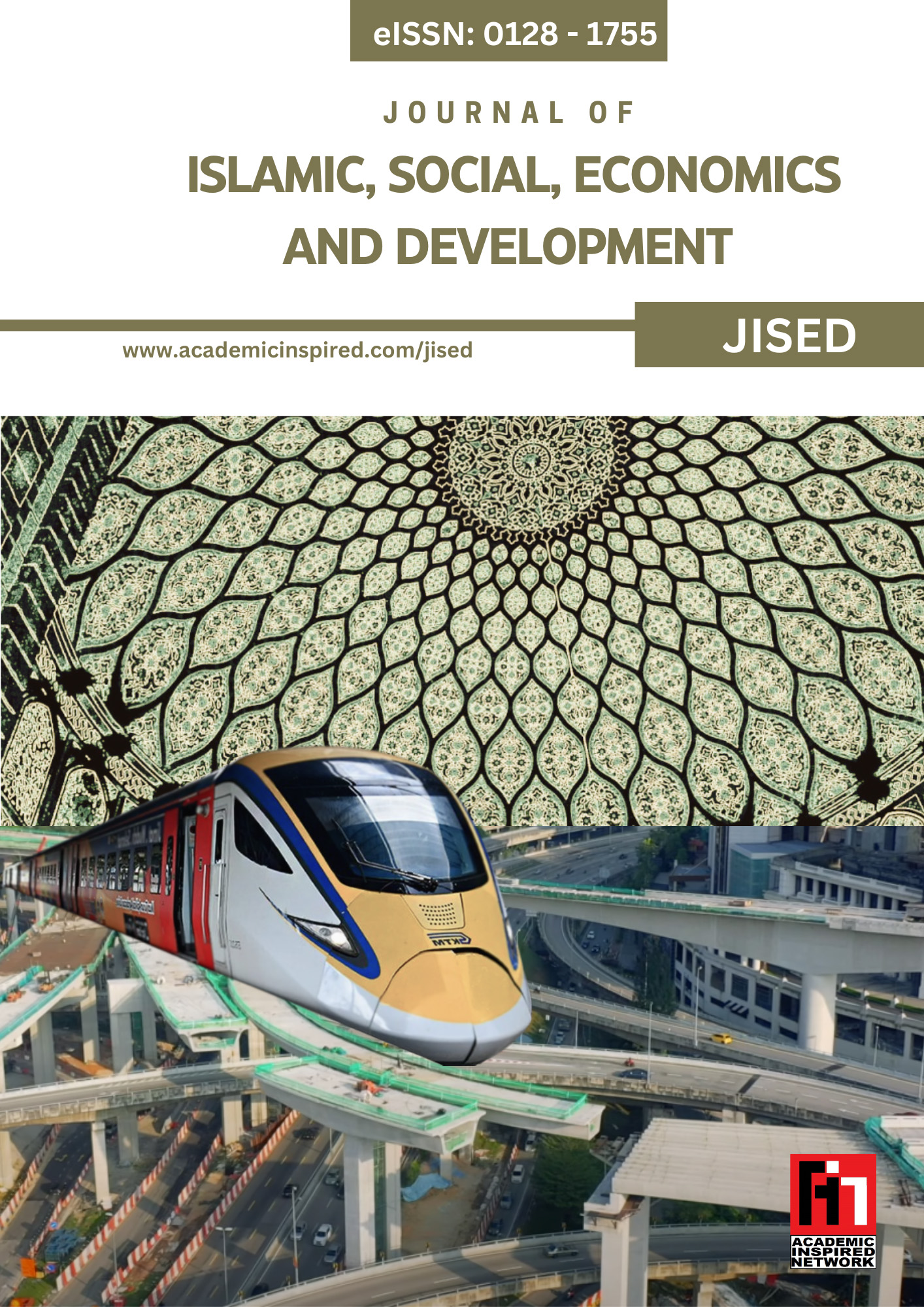Discourse markers in oral academic presentations among esl students with low English proficiency.
Keywords:
Discourse Markers, ESL learners, Oral Academic Presentations, Corpus-based Analysis, Low English ProficiencyAbstract
Discourse markers significantly enhance clarity and coherence in oral academic presentations. Despite their importance, few studies specifically explore their usage among students with low English proficiency at the polytechnic level. This corpus-based study aims to identify the types and functions of discourse markers used by students during academic presentations, determine the contexts of their usage, and examine common difficulties faced by these students. Data were collected from 20 oral group presentations by semester three and five students at Politeknik Besut Terengganu. The presentations were recorded, transcribed manually, and analyzed using AntConc software (version 3.2.4w). Findings revealed that students predominantly utilized five categories of discourse markers: enumeration and addition, apposition, result or inference, contrast or concession, and summation. The preference for simpler, single-word markers reflected challenges associated with memorization and pronunciation. Common difficulties included improper usage and avoidance of complex markers due to linguistic constraints. Recommendations include explicit instructional guidance and scaffolding strategies to improve students’ use of discourse markers.













